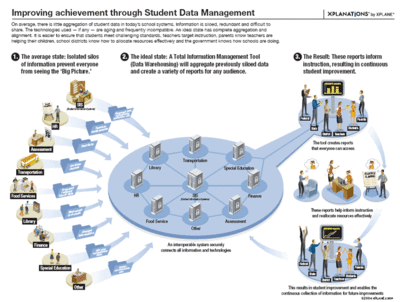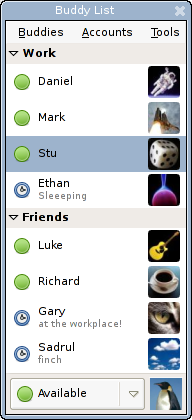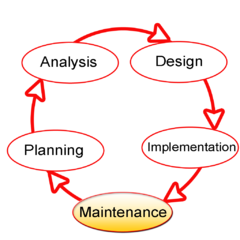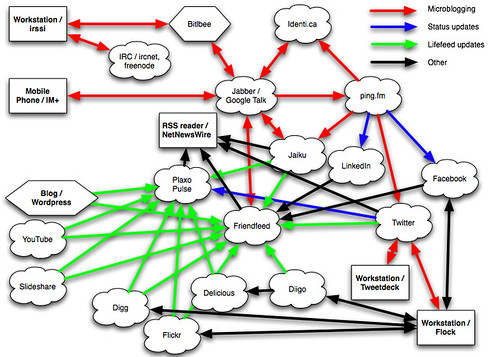Project abstract - Optimizing Search Engines using Clickthrough Data
This paper presents an approach to automatically optimizing the retrieval quality of search engines using clickthrough data. Intuitively, a good information retrieval system should present relevant documents high in the ranking, with less relevant documents following below. While previous approaches to learning retrieval functions from examples exist, they typically require training data generated from relevance judgments by experts. This makes them difficult and expensive to apply. The goal of this paper is to develop a method that utilizes clickthrough data for training, namely the query-log of the search engine in connection with the log of links the users clicked on in the presented ranking. Such clickthrough data is available in abundance and can be recorded at very low cost. Taking a Support Vector Machine (SVM) approach, this paper presents a method for learning retrieval functions. From a theoretical perspective, this method is shown to be well-founded in a risk minimization framework. Furthermore, it is shown to be feasible even for large sets of queries and features. The theoretical results are verified in a controlled experiment. It shows that the method can effectively adapt the retrieval function of a meta-search engine to a particular group of users, outperforming Google in terms of retrieval quality after only a couple of hundred training examples.














